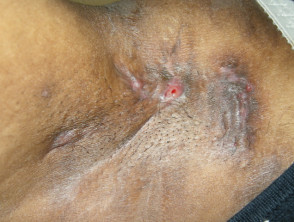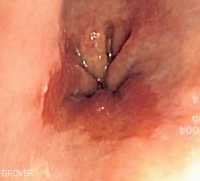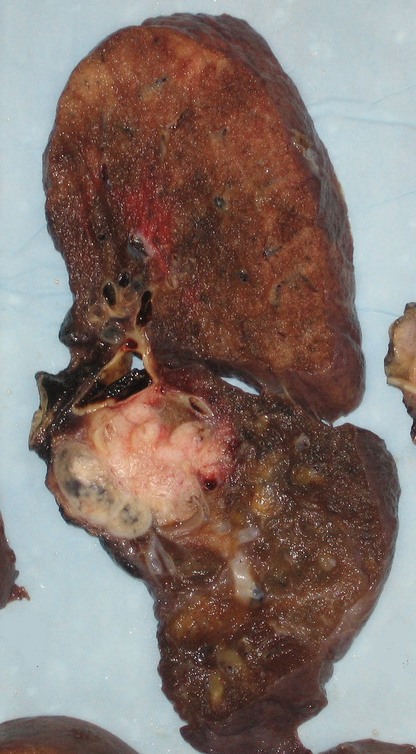MedicalResearch.com Interview with:
Joy M. Schmitz, Ph.D.
Professor of Psychiatry Faillace Chair
McGovern Medical School
The University of Texas Health Science Center at Houston
Director, Center for Neurobehavioral Research on Addiction (CNRA)
Scott D. Lane Ph.D.
McGovern Medical School
Vice Chair For Research
Director Of Neurobehavioral Laboratory
Center For Neurobehavioral Research On Addiction
Director Of Research
University of Texas Health Science Center at Houston
Houston, TX
MedicalResearch.com: What is the background for this study?
Response: Addiction science has made considerable progress in understanding how cocaine and other addictive drugs impair the brain. Over time, cocaine can disrupt brain regions that help us think, plan, solve problems, and exert self-control. These disruptions in brain structure can be seen in neuroimaging studies that reveal impairment in the nerve fibers or
white matter (WM) tracts in the central and front parts of the brain. We conducted two systematic meta-analytic reviews of the literature to document the robustness of evidence showing alterations in WM integrity of chronic stimulant users relative to healthy control subjects who did not use cocaine or other drugs of abuse (Beard et al., 2019; Suchting et al., 2020). Importantly, WM impairments negatively predict treatment outcome, meaning individuals with greater levels of WM impairment are less likely to benefit from treatment and more likely to experience deficits in attention, working memory, and impulse control.
We reasoned that pharmacological interventions shown to protect WM integrity may help improve cognition and treatment outcomes in patients recovering from cocaine addiction. Pioglitazone, an approved medication for type 2 diabetes, has been shown to reduce inflammation and mediate protection after traumatic brain injury. The therapeutic potential of pioglitazone has prompted investigation of its role in neurodegenerative conditions, such as dementia, Alzheimer’s disease, and stroke. Similar to these brain diseases and injuries, pioglitazone might effectively protect the brain from the inflammatory damage created by cocaine use.
(more…)



 Amanda Paluch, PhD
Assistant Professor
University of Massachusetts Amherst
Department of Kinesiology
Institute for Applied Life Sciences
Life Science Laboratories
Amherst, MA 01003
MedicalResearch.com: What is the background for this study?
Response: We wanted to understand the association of total steps per day with premature mortality among middle-aged, Black and White women and men. This study included 2110 adults; age 38-50 years old at the start of this study. These adults wore a step counting device for one week and then followed for death from any cause over the next 10 years.
Amanda Paluch, PhD
Assistant Professor
University of Massachusetts Amherst
Department of Kinesiology
Institute for Applied Life Sciences
Life Science Laboratories
Amherst, MA 01003
MedicalResearch.com: What is the background for this study?
Response: We wanted to understand the association of total steps per day with premature mortality among middle-aged, Black and White women and men. This study included 2110 adults; age 38-50 years old at the start of this study. These adults wore a step counting device for one week and then followed for death from any cause over the next 10 years.



















 Response: Point-of-care ultrasound is one of the most significant advances in bedside patient care, and its use is expanding across nearly all fields of medicine. In order to best prepare medical students for residency and beyond, it is imperative to begin POCUS training as early as possible. At the Lewis Katz School of Medicine at Temple University, we introduced POCUS education over a decade ago and have expanded it since then.
By providing each student with a Butterfly iQ device, we can augment our curriculum significantly. In addition to our robust pre-clinical sessions, now we will expand into the clinical years highlighting the utility of POCUS with actual patients.
This gift was made possible by the incredible generosity of Dr. Ronald Salvitti, MD ’63.
Response: Point-of-care ultrasound is one of the most significant advances in bedside patient care, and its use is expanding across nearly all fields of medicine. In order to best prepare medical students for residency and beyond, it is imperative to begin POCUS training as early as possible. At the Lewis Katz School of Medicine at Temple University, we introduced POCUS education over a decade ago and have expanded it since then.
By providing each student with a Butterfly iQ device, we can augment our curriculum significantly. In addition to our robust pre-clinical sessions, now we will expand into the clinical years highlighting the utility of POCUS with actual patients.
This gift was made possible by the incredible generosity of Dr. Ronald Salvitti, MD ’63. 







